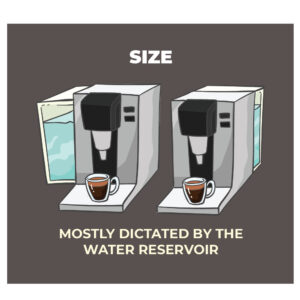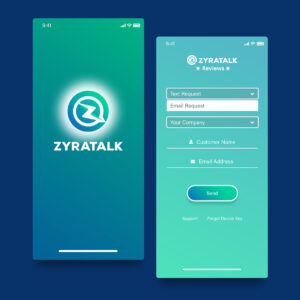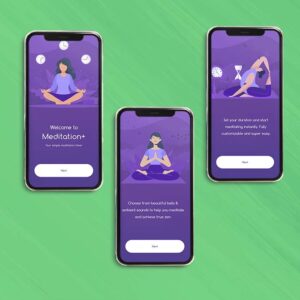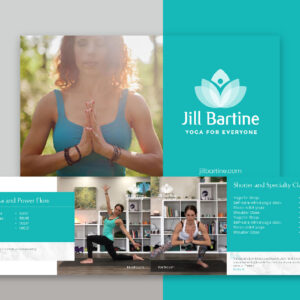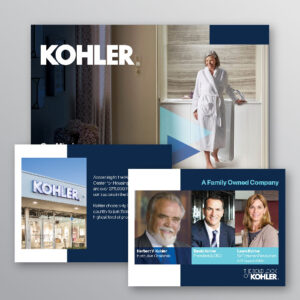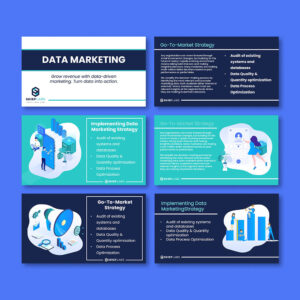
The right web design agency should have a proven track record, meet deadlines, and deliver exceptional design within your budget. As of 2022, around 200,000 web developers and designers are in the United States alone. With so many designers on the market, how do you choose the best one for business? Here are seven practical tips on how to choose a web design agency to help narrow your options.
Table of Contents
- Set a budget
- Get their pricing
- Look for case studies
- Examine their client retention rate
- Find out who would personally handle your site
- Understand their customer support system
- Set concrete criteria with deadlines
- Choose the right web design company
1. Set a budget
When setting a budget, it is essential to note that you don’t have to short-change your web design project. It would be best to decide how much your business can afford and use that as your jump-off point.
For example, if your annual marketing budget is $20,000 and you want to spend 25% of that on your website, your starting cost is $5,000. While you could find a web designer or firm that will charge you less than your budget, keeping your spending somewhere close to what you can afford is best. That way, you get the most bang for your buck while also locking in the highest-quality services possible.
2. Get their pricing
Regarding pricing, you should be upfront about the budget early on. This will help you quickly weed out agencies outside your price range. Many options are available, so focus on those that align with your financial constraints.
But beware of extremely cheap offers because it could mean limited customization. These agencies may primarily use pre-existing templates, which could be fine for simple needs. However, if you desire a unique website, you’ll likely need to explore other options.
Ask questions to understand what’s included in their quotes. This might involve potential charges for:
- Mid-project design changes
- Adding new features or functionalities
- Fixing any post-launch website issues
Once you understand their pricing and it fits your budget, you can proceed with further evaluation.
3. Look for case studies
Case studies are like success stories. Look at examples on agency websites and portfolios to see the kind of work they do. Search online for case studies specific to your industry to understand what’s working for similar businesses. During consultations, request case studies relevant to your project. By looking at past projects, you can establish clear expectations for your own website’s potential.
Here are a few different ways of leveraging case studies to trim down your web designer choices:
- Visit a web designer or firm’s website and examine any case studies, portfolios, and examples they have posted. If you’re happy with what they’ve done for others, they may be a good choice for you, too.
- Search the internet for case studies that match your business model or industry.
- While interviewing a web designer, you can ask them to provide case studies of past clients or others in your industry.
- Conduct an in-depth study based on your marketing goals. For example, if you want to establish a profitable eCommerce business, look for case studies or examples of successful companies. Penji, for instance, has developed several successful eCommerce websites, company websites, as well as Apps.
4. Examine their client retention rate
A high client retention rate is a strong indicator of quality service. Clients who have been with a web designer for years likely experienced loyalty-building factors like overcoming challenges together. This adaptability is crucial in the ever-evolving digital landscape.
A revolving door of clients can be a red flag. A designer struggling to help to retain clients might suggest a lack of customer satisfaction. Be bold and ask directly why clients stay or leave. An honest answer can help you know the capabilities of the web design agency.
5. Find out who would personally handle your site
By finding out who will handle your site/account, you can connect with that person and get your business relationship off to a good start. The sooner you start interacting with your point of contact, the sooner you’ll know if you have the kind of comfortable rapport with them you need.
Look for the following qualities in the person responsible for your site:
- Attentive and patient
- Passionate about their craft
- Creative thinker, especially when it comes to problem-solving.
- Professional communication skills
Even though this could indicate that the firm or designer is so skilled that they’re in high demand, it’s better to have a great communicator than a busy superstar.
6. Understand their customer support system
Imagine something goes wrong after launch. How will the agency handle it? Choose a customer support system that aligns with your preferences. Some agencies use a ticketing system where you submit issues electronically and wait for a response from any available representative.
Others offer a more personalized approach, perhaps with direct contact from the person who built your site. Ultimately, choose a support system that makes you feel comfortable and promptly addresses your issues.
7. Set concrete criteria with deadlines.
Concrete, clear deadlines come with several benefits:
- They make it easier to plan important business decisions around when your site will be ready.
- When a web designer meets a deadline, it shows their professionalism and dedication to providing good service.
- Deadlines often play a crucial role when you pay a web designer.
For example, once the site is live with your branding and a content baseline, you may pay your web designer or firm a certain percentage of their overall fee. Then, you pay the rest once they’ve added everything to your contract.
Choose the right web design company
After following these steps, you should have a smaller pool of qualified web designers. However, before making a final decision, take some time to consider any additional questions you may have. For instance, some companies value a high level of creative control throughout the design process. If this is important to you, ensure the designer welcomes your input and can seamlessly integrate your ideas.
By following these steps, you can efficiently narrow your choices from 200,000 designers to one. Finding a reliable web designer is essential for your success, so don’t hesitate to ask plenty of questions throughout the process. This will ensure a smooth and confident start to your collaboration.
About the author

Rowena Zaballa
With a background as a former government employee specializing in urban planning, Rowena transitioned into the world of blogging and SEO content writing. As a passionate storyteller, she uses her expertise to craft engaging and informative content for various audiences.

